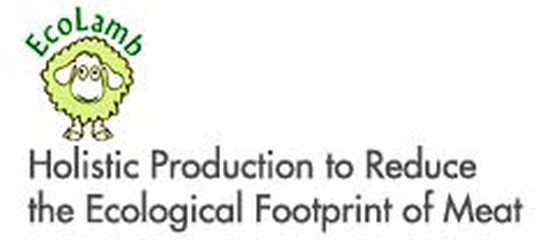In order to design effective public health strategies, and, in particular, effective food safety interventions to reduce the burden of foodborne disease, the most important sources of enteric illnesses should be identified. Both case-control and cohort observational studies have for long been powerful approaches among epidemiologists to investigate the association of exposure and illness. In the literature, there are numerous case-control and cohort studies reporting results on risk factors and routes of transmission of sporadic foodborne infections. The objective of this article is to describe, in depth, the strategies implemented for systematic review and meta-analysis of the associations between multiple risk factors and eleven food and waterborne diseases, namely, non-typhoidal salmonellosis, campylobacteriosis, Shiga-toxin E. coli infection, listeriosis, yersiniosis, toxoplasmosis, norovirus infection, hepatitis A, hepatitis E, cryptosporidiosis and giardiasis. First, this article describes the procedures of systematic searches in five bibliographic engines, screening of relevance and assessment of methodological quality according to pre-set criteria. It proceeds with the explanation of a broad data categorisation scheme established to hierarchically group the risk factors into travel, host-specific factors and pathways of exposure (i.e., person-to-person, animal, environment and food routes), with views to harmonising and supporting the integration of outcomes from studies investigating a variety of potential determinants of disease. Next, the article describes the four meta-analysis models that were devised in order to calculate: (i) overall odds-ratios of acquiring the disease due to a specific risk factor by geographical region; (ii) overall odds-ratios of acquiring the disease from the different risk factors; (iii) overall risks of disease from consumption of ready-to-eat and barbecued foods; and (iv) overall effects of food handling (i.e., consuming food in raw, undercooked or unwashed state) and food preparation setting (i.e., eating food prepared outside the home) on risk of disease. The procedures for sensitivity analysis and removal of any influential and potentially-biased odds-ratio; and two methods for publication bias assessment are outlined. Finally, details are given on deviations from the standard risk categorisation scheme for specific foodborne hazards.

















